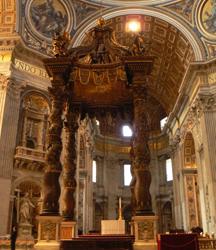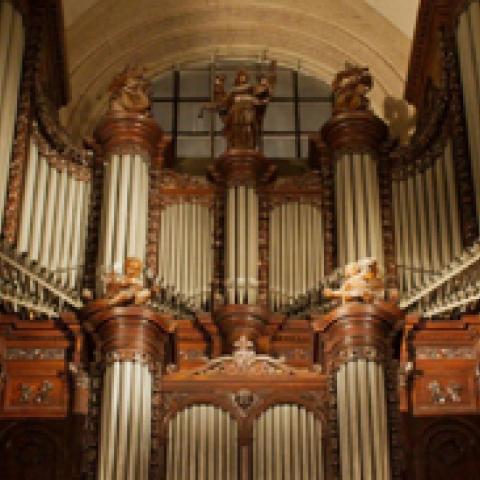
The French Organ Music Seminar (FOMS) announces a tour in July. It will include five days of study in Paris, five days in Switzerland, and a nine-day seminar-tour of Italian organs featuring noted organs in Italy, including an opportunity to play the six organs of the Basilica of St. Peter in Vatican City—Walcker (1895), Vegezzi Bossi (1902), Tamburini (1962: 76 stops with two different organs playable on the same console), Morettini (1887 and 1914), and Tamburini (1974).
Hosts for Italy will be Gabriel Marghieri, co-organist of the Sacré Coeur Basilica in Paris, and his wife, Elisabeth, who will serve as translator, as well as the organists of the churches. Other highlights are the Ruffatti organs and factory in Padua and environs, and organs in Bergamo, Venice, Bologna, and Florence. All seminars include playing time and instruction on each organ. Highlights of Paris and Switzerland include Muri Abbey and St. Ouen, Rouen.
Registrants can sign up for individual segments or for all three, which includes 19 days. The dates are July 9–27. Student fees are lower, and partial scholarships are available. Teachers bringing students are also eligible for student prices. Director Christina Harmon has organized these seminars since 1986. For information, including details on the organs and seminar fees: www.bfoms.com.



